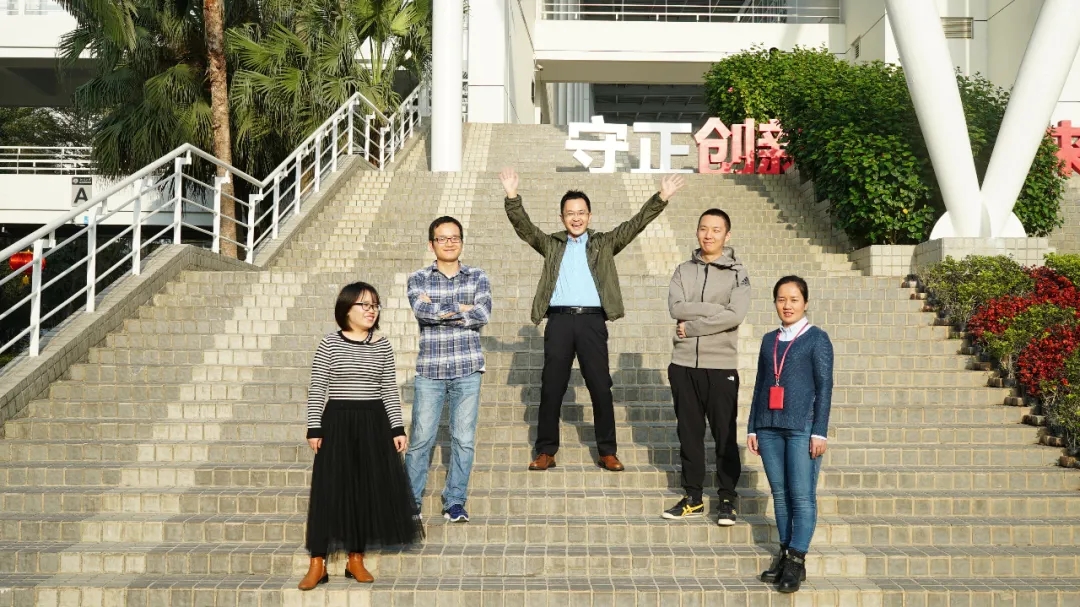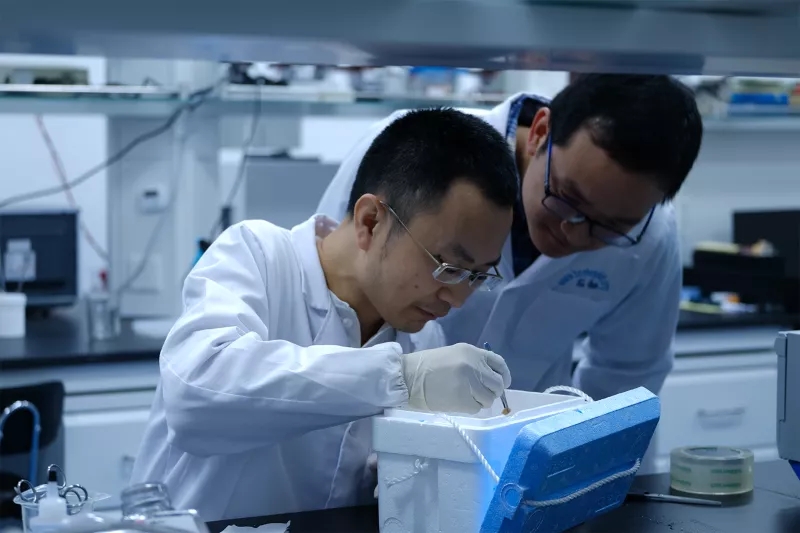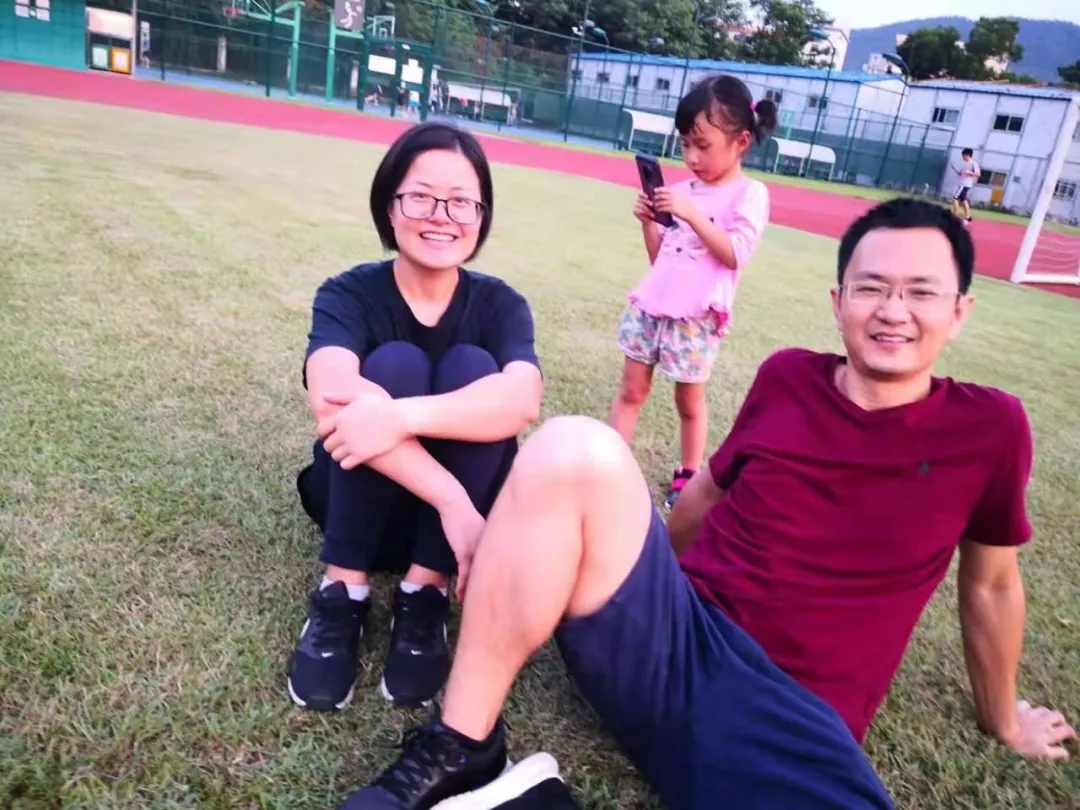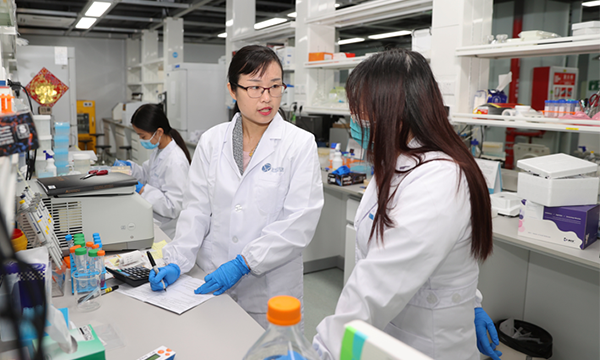In September, the National Natural Science Foundation of China (NSFC) officially announced the evaluation results of the 2020 NSFC projects, and Bo Zhang, a Junior Principal Investigator from Shenzhen Bay Laboratory was awarded the Excellent Young Scientists Fund. Recently, a reporter from Southern Metropolis Daily conducted an exclusive interview with Bo Zhang on the approved project and autism-related research topics.
The main clinical symptoms of autism include social communication disability, language development delay, and repetitive and stereotyped behaviors. According to the “Progress Report on China’s Autism Education and Rehabilitation”, the incidence of autism is increasing year by year, and the incidence of autistic children has risen from 1/88 in 2009 to 1/45 now. According to the report, the incidence of autism in China was predicted to be 0.7%, and the number of patients aged 0 to 14 might exceed 2 million, and it is increasing at a rate of nearly 200,000 every year. The situation is extremely grim.
How to cure autism? We need to start from the neuron, the basic unit of information processing in our brain, said Bo Zhang, a Junior Principal Investigator from Shenzhen Bay Laboratory. There are thousands of genes are associated with autism. He is studying one of the autism-associated genes and has done it for ten years.

Bo and his research team members at Peking University Shenzhen Graduate School
Exploring the causes of autism for ten years and obtained the Excellent Young Scientists Fund
On September 18, the National Natural Science Foundation of China (NSFC) officially announced the evaluation result of the 2020 NSFC projects. Shenzhen Bay Laboratory, as a supporting unit, was approved for 6 projects in the first year. Bo Zhang, a Junior Principal Investigator from Shenzhen Bay Laboratory, was awarded by the Excellent Young Scientists Fund (EYSF).
EYSF, established in 2012, is the foundational science and technology support fund of The National Science Fund for Excellent Young Scholars, also known as “Small-sized Distinguished Young Scholars”. EYSF mainly supports young scientists with 5-10 years of research experience and certain achievements in scientific research to independently choose the research direction and carry out innovative research. It is reported that the competition is very fierce as NSFC has received a total of 269,671 project applications this year and decided to fund 32,486 projects from all categories after the expert evaluation.
In December, Bo was interviewed by a reporter from Southern Metropolis Daily. When it comes to his EYSF project, Bo was very excited: “I have been doing this for ten years, and relevant research has been carried out around the neurobiological mechanism of autism. I revealed the function of autism-associated molecules Neuroligins in different synapses, systematically conducted an in-depth analysis into the role and molecular mechanism of cell adhesion molecules in neurons and astrocytes, and looked for new mechanisms of autism and novel targets to treat autism.”
Bo explained that we must have a basic knowledge of autism before elaborating on his research. What is autism? Autism is a neurodevelopmental disease with social communication disorders as its core symptoms.

Bo and his research team member in the laboratory
There are thousands of known autism-associated genes, but he only chose one of them as an entry point
The pathological causes of autism are dominated by genetic factors and also contributed by environmental risk factors. Bo mentioned that population studies revealing more than 30% of autism patients are mainly caused by genetic mutation; the correlation between other environmental factors and autism is unclear, and the one thing we know is that pregnant women who have received certain medications, such as thalidomide (a sedative) or valproic acid (an anticonvulsant), will increase its risk of fetal disease.
That’s the reason his research direction mainly focuses on genetic factors, and one of his research aims is the early diagnosis of autism. “Recently, a Canadian family wrote me an email to ask for help. The younger brother was confirmed to be autistic. After whole genome exome sequencing, it was found that the missense mutation occurred to a single amino acid of Neuroligin-4, which is a dominant gene mutation. Now the elder sister was pregnant. The family wanted to know whether the fetus in the womb will also be affected by the family inheritance and whether there exists a possibility of autism.” Researchers in Bo’s laboratory mimicked the corresponding gene mutation of Neuroligin-4 in an in-vitro system and found that such mutation led to Neuroligin dysfunction.
Neuroligin-3, another family member of neuregulin-4, is one of the thousands of genes that are reported to associate with autism. Bo said that there are Neuroligin-1, -2, -3, and -4 in the Neuroligin family; and it has been confirmed that the mutations of Neuroligin-3 and -4 are strongly associated with autism, but how those mutations of Neuroligin work in the brain is a direction warranted further studies, and now they chose the Neuroligin-3 as an entry point.
As for the reason that he chose Neuroligin-3, Bo said that, in addition to the strong association, he also wants to provide reference cases in terms of methodology and the molecular mechanism of other neurodevelopmental disorders through systematic analysis of the neurons and to promote research in the field of neurodevelopmental diseases in China. This is a deep probe of the human brain.
Returning to Shenzhen from the United States, he felt that Shenzhen’s dynamism fits him well
“I think it should take at least ten more years, or even more, to carry out in-depth research into the molecular mechanism of autism. Its significance is not only to understand autism but also to understand the principle for information processing in the human brain via understanding the mechanisms of synaptic dysfunction. ” Bo said. Like other scientists, Bo is also very persistent. Moreover, his experience of studying abroad contributes to his Western-style behaviors. He is active and confident and likes to use gestures while speaking.
From obtaining his doctorate degree at Peking University to finishing his post-doctoral research at the Howard Hughes Medicine Institute, Stanford University, Bo has been studying the causes of autism for ten years.” “At Peking University, my Ph.D. advisor taught me how to do neurosciences research; at Stanford University, my mentor taught me how to delve into a certain field of neuroscience.”
After finishing his research work in the United States at the end of 2018, Bo came to Shenzhen with his wife and children and continued his research at Shenzhen Bay Laboratory and Peking University Shenzhen Graduate School. When it comes to the reasons for choosing Shenzhen, Bo said that a very important reason is to go further in scientific research, which requires a vibrant city like Shenzhen, a thriving and robust organization like Shenzhen Bay Laboratory, and a “protection” system that is friendly to young scholars.
Bo’s deepest impression of Shenzhen is that it’s full of vitality, where a lot of opportunities can be provided for researchers engaged in basic research. In Shenzhen, he met more like-minded young scholars. He felt that Shenzhen “fits him very well”. What he used to do scientific research at Stanford University can be continued in Shenzhen now as he still lives his life of “two points and one line” at Xili University town.
“My home is near the campus I spend my days switching between two identities each day. I am a researcher when I am working. I am also a father of two children when I am at home, taking them to the wildlife zoo or to the playground. This kind of life makes me feel safe and happy.” In addition, Bo also joked that, if he has a small achievement, 90% of the achievement should be attributed to his wife for her support.

Bo and his family members
The number of autism patients in China continues to grow. He said it will take decades to tackle the problem.
Since joining Shenzhen Bay Laboratory, Bo said that his “experience” is still very good. First, Shenzhen Bay Laboratory provided sufficient start-up funds and assisted him in building his laboratory; second, Shenzhen Bay Laboratory had a stable support system, including finance, personnel, enrollment, and other administrative assistance, allowing him to concentrate on the research; third, Shenzhen Bay Laboratory has also developed a relatively fair, reasonable and transparent mechanism for fund application and performance evaluation.
“The most important thing is that Shenzhen Bay Laboratory encourages an open academic atmosphere. A large number of young scientific researchers gathered and exchange different ideas in Shenzhen Bay Laboratory, which makes me feel “vigorous”.” Bo said, due to Bilateral Contractual Employment between Shenzhen Bay Laboratory and Peking University Shenzhen Graduate School, he works in the laboratory and also mentors graduate students at Peking University Shenzhen graduate school, which fulfills his dream of being a researcher and a teacher.
When it comes to the future, Bo is full of confidence and hope in his words, and he found a “sense of mission” from his research. The deeper autism research is, the more significant the neuroscience research is. From the popularization of science to the final breakthrough in academic research, it requires the in-depth involvement of researchers. For this reason, he and his team are willing to spend more decades probing for it.
According to “Prevalence of Autism Spectrum Disorder in China: A Nationwide Multi-center Population-based Study Among Children Aged 6 to 12 Years ” carried out by the Pediatric Hospital Affiliated to the Fudan University of Shanghai in cooperation with 8 cities, 11 units and departments, among children aged 6-12 in China, the proportion of autistic children is 0.7%. Bo said that, according to the total population, the number of autistic patients aged 6 to 12 in China is as high as 600,000 to 1,000,000, and the total number of autistic patients of all ages might exceed 10 million. This is causing a heavy burden on families and society.
Autism can be divided into mild, moderate, and severe levels. Bo said that many school-aged kids with mild to moderate autism study in schools normally, indicating that the early behavioral disorders can be treated and corrected to a certain extent. Early detection, early intervention, and early treatment are required. “The number itself is not scary. The key to the solution is to face it with a scientific mentality and positive actions. We hope that our research could contribute to a scientific and in-depth understanding of autism, and ultimately promote the early diagnosis and early treatment of autism. ”

Junior Principal Investigator
Bo Zhang, a junior Principal Investigator from the Institute of Neurological and Psychiatric Disorders of Shenzhen Bay Laboratory, graduated from Minzu University of China with a bachelor’s degree in 2005, obtained a Ph.D. degree from Peking University in 2011, worked as a post-doctoral fellow and a basic research scientist at the Howard Hughes Medicine Institute and Stanford University School of Medicine from 2011 to 2018, and joined Shenzhen Bay Laboratory in March 2019. Bo Zhang is mainly engaged in autism-related neurosciences research, among which the research on the functions of cell adhesion molecules Neuroligin (NLs) in synapses is the most representative. Over the past 5 years, Bo Zhang has published 5 papers in top academic journals, such as Neuron, Molecular Psychiatry, Journal of Experimental Medicine, Journal of Neuroscience, etc. as the first author/only corresponding author, two of which are recommended by F1000 as the corresponding author. Bo Zhang has presided over one General Project of the Natural Science Foundation of Guangdong Province and got the approval for EYSF and the General Project of NSFC in 2020.













